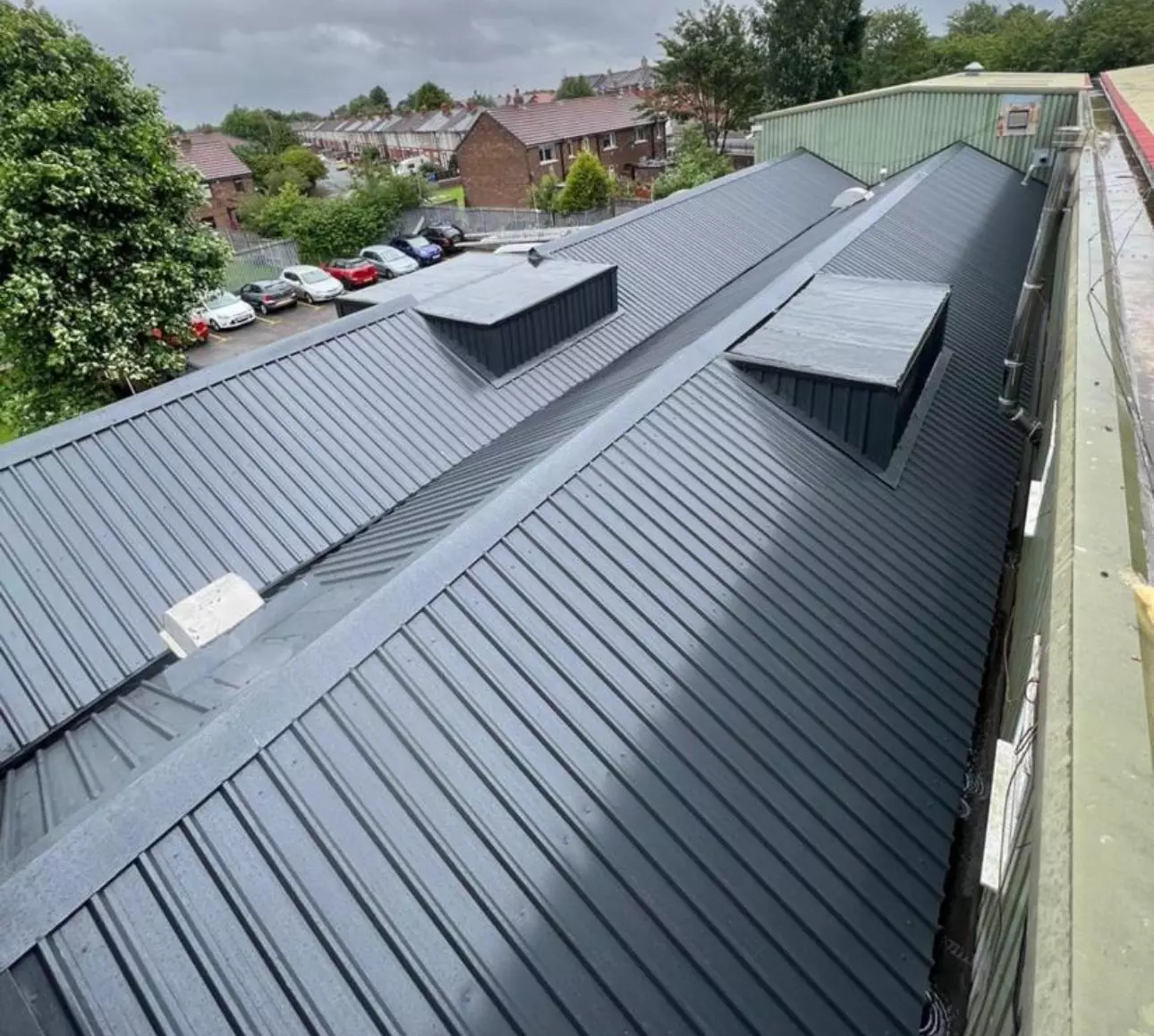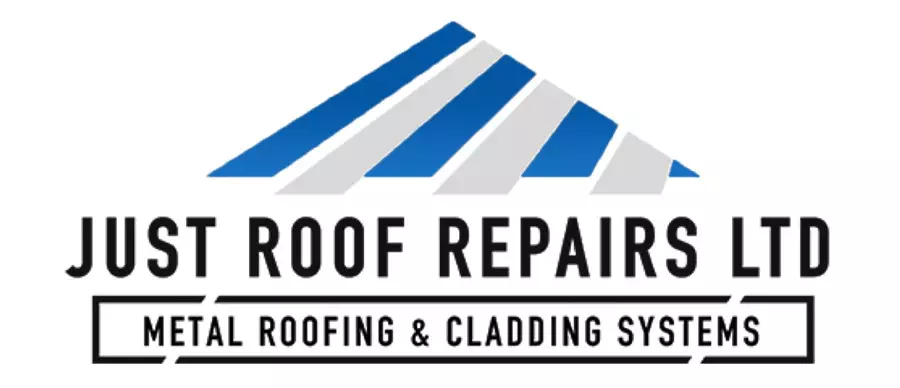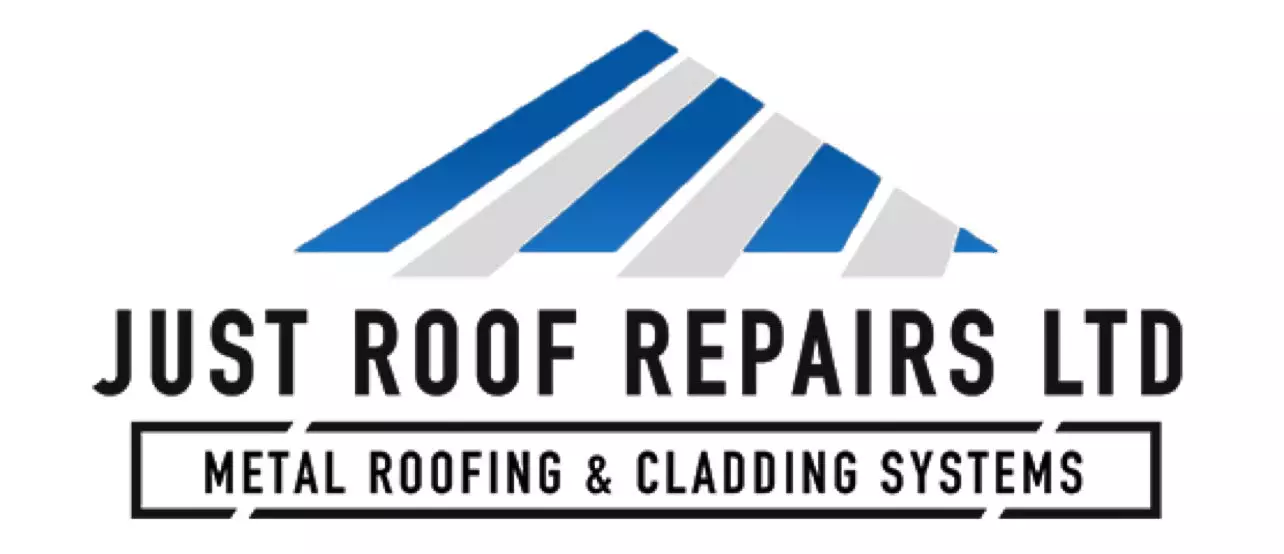If you’re considering installing a new roof over an existing asbestos roof, you might be looking at a cost-effective solution that saves time. However, before you proceed, it’s essential to assess the condition of the asbestos roofing and understand the legal regulations that apply. Choosing the right materials is important to avoid putting undue stress on your structure. The decision isn’t as straightforward as it seems, and consulting professionals could make a significant difference. What factors should you weigh before making this important choice?

Understanding Asbestos and Its Risks
Asbestos is a naturally occurring mineral that was widely used in construction materials due to its fire-resistant properties; however, it poses significant health risks. When you encounter asbestos in older roofing materials, understanding these risks becomes vital.
Asbestos exposure can occur when fibers are disturbed, releasing them into the air. Inhalation of these fibers is the primary concern, as they can lead to serious health complications.
Long-term exposure to asbestos is associated with diseases such as asbestosis, lung cancer, and mesothelioma. Even minimal exposure can increase the risk of developing these conditions.
If you’re planning to replace or overlay an asbestos roof, it’s important to evaluate the condition of the material. If the roof is intact and not deteriorating, you may consider covering it. However, if the asbestos is damaged or crumbling, disturbing it could pose immediate health risks.
It’s best to consult with professionals trained in asbestos removal and management. They can assess the situation and recommend the safest course of action.
Prioritizing safety will help protect you and those around you from the dangers associated with asbestos exposure.
Legal Regulations and Building Codes
When considering roofing options over existing asbestos materials, it’s important to be aware of the legal regulations and building codes that govern such actions. Many jurisdictions enforce stringent asbestos regulations to protect public health and safety.
These regulations often require you to disclose the presence of asbestos during renovations or repairs, ensuring that proper procedures are followed. Before proceeding, you should consult your local building codes, as they can dictate the type of materials permitted for use over asbestos roofs.
Some areas may require that you remove the asbestos layer entirely before installing a new roof, while others might allow for a roof-over solution under specific conditions. It’s essential to verify whether your proposed method complies with these codes to avoid legal penalties or costly remediation.
Additionally, hiring a licensed professional familiar with both asbestos regulations and local building codes is vital. They’ll guide you through the necessary inspections and permits, ensuring compliance and safety throughout the project.
Taking these steps will help you navigate the complexities of roofing over asbestos materials while adhering to the law.
Pros and Cons of Roofing Over Asbestos
Roofing over an existing asbestos roof can present both advantages and disadvantages that you should carefully consider.
One significant advantage is the cost considerations. By opting to overlay rather than remove the asbestos, you can save on labor and disposal fees associated with asbestos abatement, which can be quite expensive. This method often allows for a quicker installation of your new roofing material.
However, there are notable drawbacks. One major concern is the insulation impacts. Adding a new layer may affect the thermal performance of your roof. The existing asbestos material, while undisturbed, can retain its insulating properties, but the new roofing layer could create a barrier that disrupts airflow and moisture management. This can lead to potential issues like trapped moisture and mold growth over time.
Additionally, you must consider the long-term implications of covering asbestos. If you ever need to access the original roof for repairs or inspection, doing so can become complicated and costly.
Weighing these pros and cons carefully will guarantee you make an informed decision that aligns with your roofing needs and safety regulations.
Recommended Best Practices
Before proceeding with any roofing project over an existing asbestos roof, it’s essential to conduct a thorough assessment of the current condition.
Check for any signs of damage, such as cracks or deterioration, which can compromise the new roofing materials. If you notice significant issues, consider asbestos removal as a safer option before installation.
Once you’ve assessed the roof, make certain that you select appropriate roofing materials that are compatible with the existing structure.
Lightweight materials are often recommended, as they minimize stress on the underlying asbestos layer. Additionally, check local building codes and regulations for compliance, as some areas have specific guidelines regarding roofing over asbestos.
During installation, maintain a clean work environment to avoid disturbing the asbestos.
Limit exposure to asbestos fibers by using proper safety gear, including masks and gloves, and consider using a containment system.
If you encounter any asbestos damage during your project, stop work immediately and consult with a professional for safe handling and removal.
When to Consult Professionals
Consulting professionals becomes essential when you encounter uncertainty about the condition of your asbestos roof or the complexities of the installation process. Asbestos roofs require specific handling due to health risks, and a professional inspection can help identify issues you might overlook.
Here are some scenarios where you should definitely seek expert advice:
- Visible Damage: If you see cracks, leaks, or other signs of deterioration, it’s vital to get a professional assessment.
- Health Concerns: If you or your family have health issues that could be exacerbated by asbestos exposure, consult an expert immediately.
- Planning Renovations: If you’re considering renovations that involve the roof, a professional can guide you on whether asbestos removal or encapsulation is necessary.
- Local Regulations: If you’re unsure about local regulations regarding asbestos handling, a professional can provide clarity and guarantee compliance.
In these situations, hiring a qualified contractor for asbestos removal and a thorough professional inspection can protect your health and guarantee a safe roofing solution.
Don’t take chances with asbestos; getting expert help is always the best course of action.
Frequently Asked Questions
How Can I Identify if My Roof Contains Asbestos?
To identify if your roof contains asbestos, conduct asbestos testing. Look for materials like shingles or tiles manufactured before 1980. Be aware of health risks associated with asbestos exposure, and consider hiring a professional for safe assessment.
What Are the Signs of Asbestos Roof Damage?
You’ll notice signs of asbestos roof damage by looking for cracks, discoloration, or sagging. Prioritize roofing safety, as damaged materials can release harmful fibers, impacting your health. Inspect regularly and consult professionals if you’re unsure.
Can I DIY a Roof Over Asbestos, or Should I Hire a Contractor?
Tackling a roof’s like traversing a minefield. You should hire a contractor for safety precautions and compliance with roofing regulations, ensuring a professional handles the risks associated with asbestos, protecting both you and your home.
How Much Does It Cost to Remove an Asbestos Roof?
Asbestos removal costs typically range from $15 to $30 per square foot. You’ll need to factor in roofing safety measures, including protective gear and disposal fees, making it a significant investment for your property’s safety.
What Materials Are Best for Roofing Over Asbestos?
When considering asbestos roofing options, you’ll find materials like metal, rubber, or shingles compatible with existing asbestos. Confirm proper installation techniques are used to maintain structural integrity and comply with safety regulations during the process.
Conclusion
In summary, while you can put a new roof over an asbestos roof, it’s vital to assess the existing condition and comply with local regulations. Coincidentally, choosing lightweight materials not only eases the installation but also safeguards your structure. By following recommended best practices and consulting professionals, you can guarantee a safe, compliant roofing project that minimizes risks. Remember, your home deserves the best protection, and staying informed is the first step towards achieving that.


